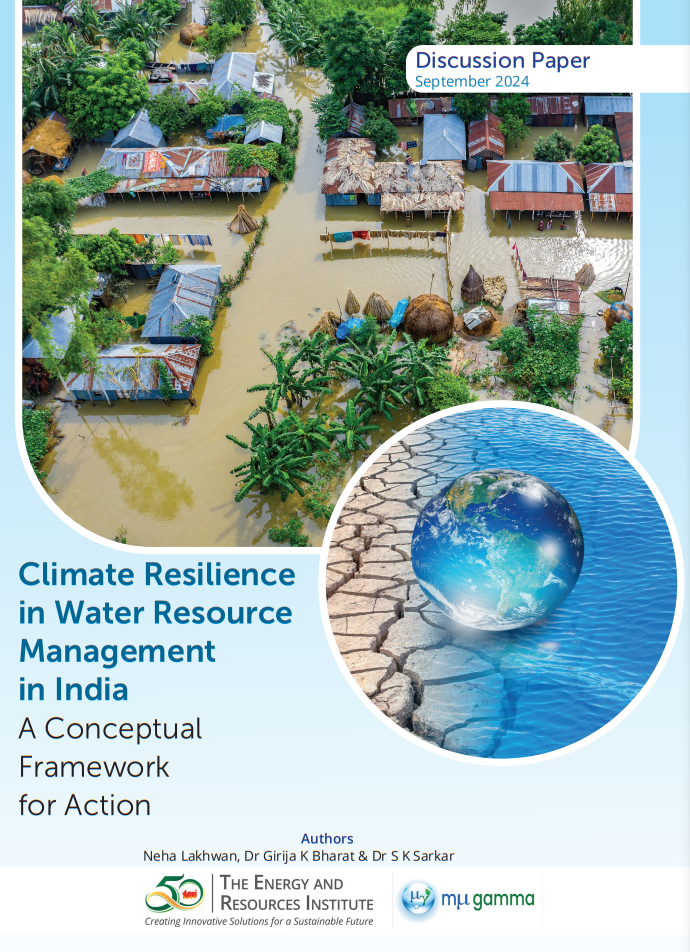The complex landscape of water resources of India is characterized by extreme variability. The two major sources of water for the country are the monsoon rains which bring most of the annual precipitation and the groundwater reserves. However, both the sources are not sustainable given the unpredictability of monsoon and over-abstraction of groundwater beyond its recharge capacity. Additionally, the looming spectre of climate change brings in more complexity, further stressing the water resources of the country.
The signatures of climate change on global water resources have been evident. The urgency is growing for developing countries such as India, where the Sixth Assessment Report (AR6) of the Intergovernmental Panel on Climate Change (IPCC, 2022) highlights the accelerating intensity and frequency of extreme weather events in India, impacting water availability and quality. It is thus important to understand the threat posed by the changing climate which has multi-faceted and far-reaching impact on the water resources of India. Some of these key threats include – rising temperature- which leads to increasing evapotranspiration, changes in precipitation pattern, accelerated glacial melt causing glacial lake outburst flood (GLOF); erratic monsoon which intensify both floods and droughts; sea level rise which is a threat for coastal areas of India (MOES, 2022)(IISC, 2020). These threats significantly impact water security, thus posing immense challenges for agriculture, industry, domestic, environmental needs and takes a toll on the public health, livelihoods, and essential ecosystem services.
For a sustainable future, climate resilient water management strategies are not just an option but an imperative. Building a climate resilient future requires adoption of multi-pronged approach inclusive of principles of integrated water resources management (IWRM), nature-based solutions (NbS), evidencebased decision making, use of advance technologies and Internet of things (IoT) for providing best of solutions, demand management strategies, building capacity and awareness of stakeholders.
While most of these are climate change adaptation strategies, there is also a need to work on mitigation options such as energy efficiency in water and wastewater sector by optimizing pumping and treatment processes to reduce energy consumption, implementing energy recovery systems (e.g., biogas, hydropower) in water infrastructure. A few other options include – protecting and restoring natural wetland ecosystems that act as carbon sinks and use of climate smart agriculture techniques such as drip irrigation (IPCC, 2014). By implementing both adaptation and mitigation strategies, the water sector can comprehensively address the challenges posed by climate change. Adaptation measures help build resilience and ensure water security in the face of immediate impacts, while mitigation strategies contribute to long-term sustainability by reducing greenhouse gas (GHG) emissions and slowing down the progression of climate change.
